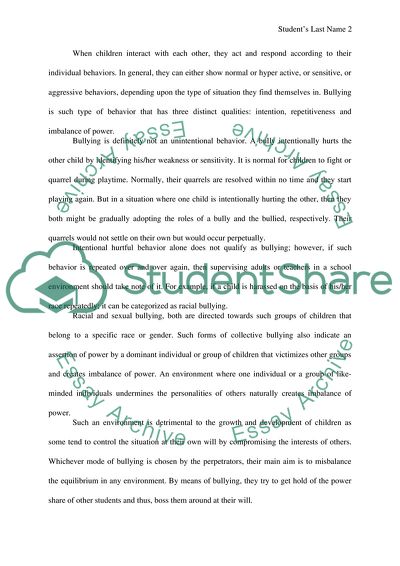Cite this document
(“Bullying and Cyber Bullying Research Paper Example | Topics and Well Written Essays - 2500 words”, n.d.)
Retrieved from https://studentshare.org/english/1598690-bullying-and-cyber-bullying
Retrieved from https://studentshare.org/english/1598690-bullying-and-cyber-bullying
(Bullying and Cyber Bullying Research Paper Example | Topics and Well Written Essays - 2500 Words)
https://studentshare.org/english/1598690-bullying-and-cyber-bullying.
https://studentshare.org/english/1598690-bullying-and-cyber-bullying.
“Bullying and Cyber Bullying Research Paper Example | Topics and Well Written Essays - 2500 Words”, n.d. https://studentshare.org/english/1598690-bullying-and-cyber-bullying.


